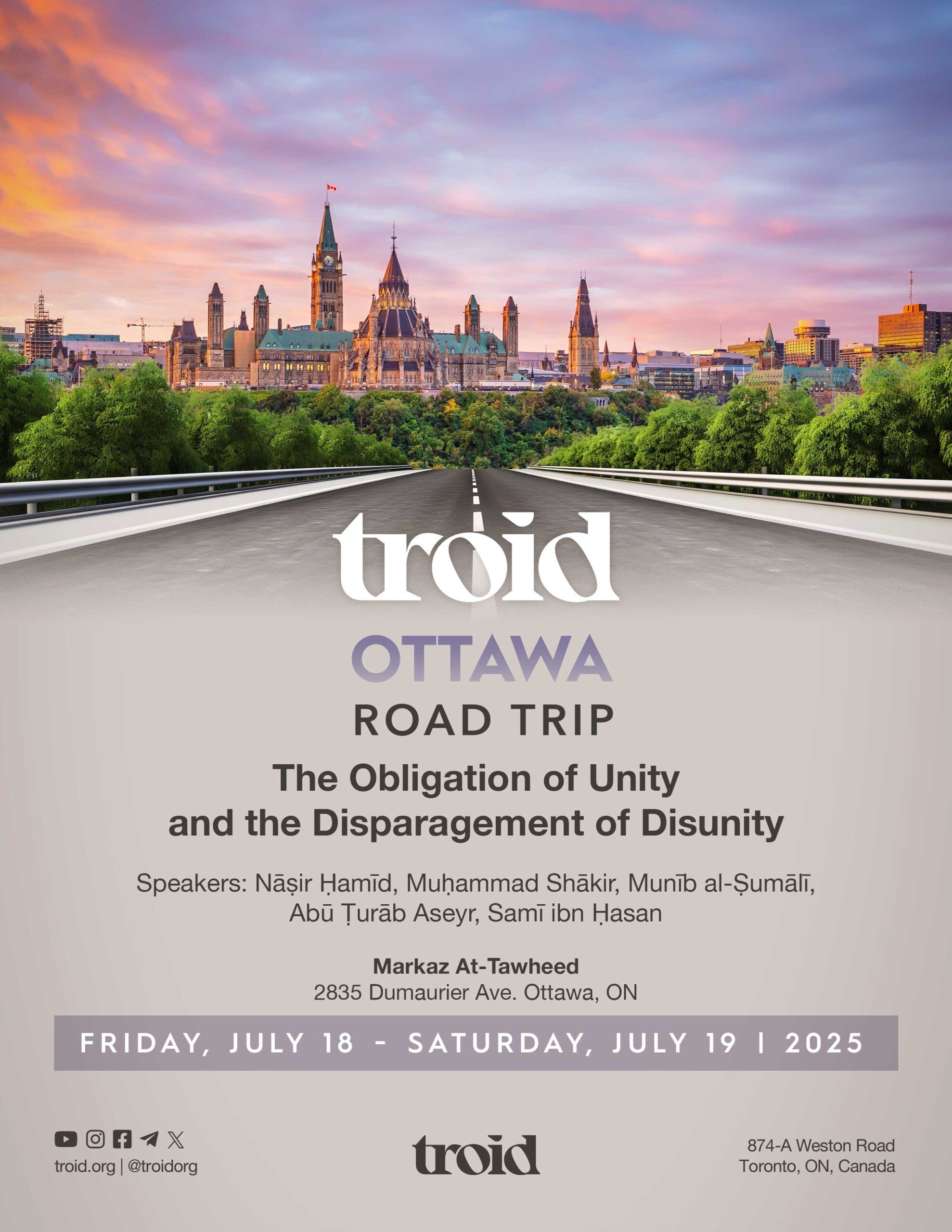The Ruling on Men Wearing Dark Red Coloured Clothing (and Clothing that Specifically Resembles the Disbelievers)
Imām Muḥammad ibn Ṣāliḥ al-ʿUthaymīn


It is considered disliked for men to wear safflower-red or saffron-crimson [darker shade of red] clothing. This dislike should be interpreted as one of avoidance (tanzīh). We must acknowledge, here, that if the contemporary jurists use the word ‘disliked’, they are referring to that which is better avoided, rather than an action that is disliked to the extent that it is completely ḥarām.
‘Crimson’, here, refers to that which is dyed with saffron. ‘Red’ refers to that which is dyed with safflower. Both of these colours are disliked for males. The evidence of this is that the Prophet (صلى الله عليه وسلم) once saw ʿAbdullāh ibn ʿAmr ibn al-ʿĀṣ (رضي الله عنه) wearing two pieces of clothing that were dyed with saffron. He (صلى الله عليه وسلم) forbade him from wearing it, saying: “Indeed, these are from among the clothing of the disbelievers, so do not wear it”.1 So, he (صلى الله عليه وسلم) forbade him while also supplying the reason for impermissibility.
Using this ḥadīth as evidence to support the view that wearing such clothing is disliked requires some re-consideration. This is because this ḥadīth clearly proves that wearing such clothing is ḥarām. This is the correct opinion on this issue. Wearing red or crimson coloured clothing is, therefore, ḥarām upon men. Both colours are similar to one another, such that both may adopt the same ruling. It is impermissible for any man to don clothing that is either red or crimson in colour. This is because the Messenger (صلى الله عليه وسلم) said: “Indeed, these are from among the clothing of the disbelievers…”. As such, we do not believe that such a statement could be made regarding that which is merely disliked, or better avoided. As the Messenger (صلى الله عليه وسلم) explicitly stated that it, specifically, is among the clothing of the disbelievers.
This may seem to contradict the fact that the Messenger (صلى الله عليه وسلم) used to cover himself with a burgundy-red cloth.2 Burgundy is a deeper shade of red than the colour produced from the safflower dye. Thus, how could he have forbidden safflower-red saying that it is among the clothing of the disbelievers, then himself wear red?
We may answer this query in three ways:
- Pure red is not among the clothing of the disbelievers. Rather, their clothing is saffron-red3 whose shade is close to red, but not entirely. The shade of red worn by the Messenger (صلى الله عليه وسلم) was pure, unmixed red. Although this answer requires some re-consideration as pure red is more deserving of being forbidden than that which is a shade close to pure red.
- The apparent contradiction has originated from his (صلى الله عليه وسلم) action. His (صلى الله عليه وسلم) actions may not be used to oppose his statements due to the possibility that the act applies to him specifically, not his ummah. This is the rule postulated by al-Shawkānī (رحمه الله) throughout his explanation of ‘al-Muntahá’. He interprets any action that apparently opposes his general statements as applying to him only, without attempting to commensurate between the two. However, this methodology is incorrect because both his (صلى الله عليه وسلم) statements and actions are considered from the Sunnah. Thus, we are obligated to try our utmost to commensurate between the two whenever possible. Such that there is no apparent contradiction in our interpretation of the Sunnah. Also, because the fundamental state of all his (صلى الله عليه وسلم) actions is that they are not specific to him, [rather that they apply to his ummah unless and until otherwise stated].
- Burgundy clothing is sewn with red thread that is not purely red. This is the answer provided by Ibn al-Qayyim (رحمه الله). For example, we could say: This man is wearing a red shimāgh, and this other man is wearing a black one. This does not mean that the entire piece of clothing is red or black [without any other colour]. He (رحمه الله) said: Thus, his wearing of the burgundy cloth does not contradict him (صلى الله عليه وسلم) forbidding it. This is because the cloth worn was not purely red. If the cloth has red mixed with other colours, then there is nothing wrong with wearing such clothing. This is the most apparent answer provided on this issue.
Endnotes:
[1] Authentic: narrated by Muslim: 2088.
[2] Authentic: narrated by al-Bukhārī: 5848 and Muslim: 2337.
[3] Translator’s note: In the aforementioned ḥadīth, the Prophet (صلى الله عليه وسلم) stated that red coloured clothing is among the clothing of the disbelievers which was the case at the time. Ibn Ḥajar (رحمه الله) said after mentioning the seven opinions of the scholars in this issue: The closest position to the truth in this issue is that if wearing red clothing represents a means by which one resembles the disbelievers in a circumstance in which they characteristically wear red, then it is impermissible. Likewise, if one resembles the clothing of women by wearing this colour then its ruling is interpreted in consideration of the forbidden nature of men seeking to resemble women. In which case, it is forbidden, not in and of itself [but rather because of that which it leads to]. Likewise, if it is worn seeking popularity, fame, or to lessen and destroy one’s manliness, then it should be forbidden in association with such matters. If safe from all such matters, then the opinion of Imām Mālik is quite strong in which he deems it permissible for such clothing to be worn in private rather than in public gatherings”. See Fatḥ al-Bārī: 10:378. And Allāh knows best.
Source: Al-Sharḥ al-Mumtiʿ 2: 221-223
Translated by: Riyāḍ al-Kanadī

















